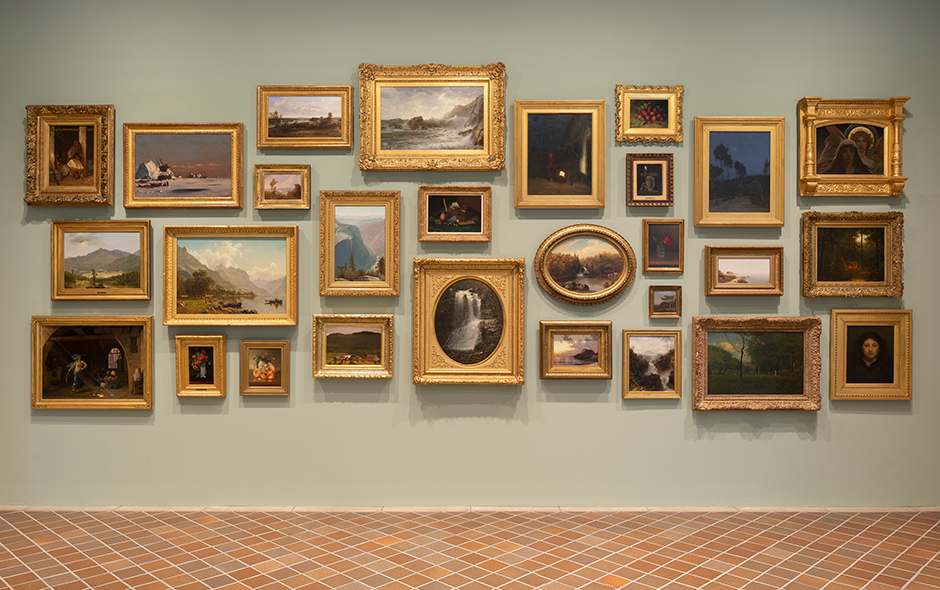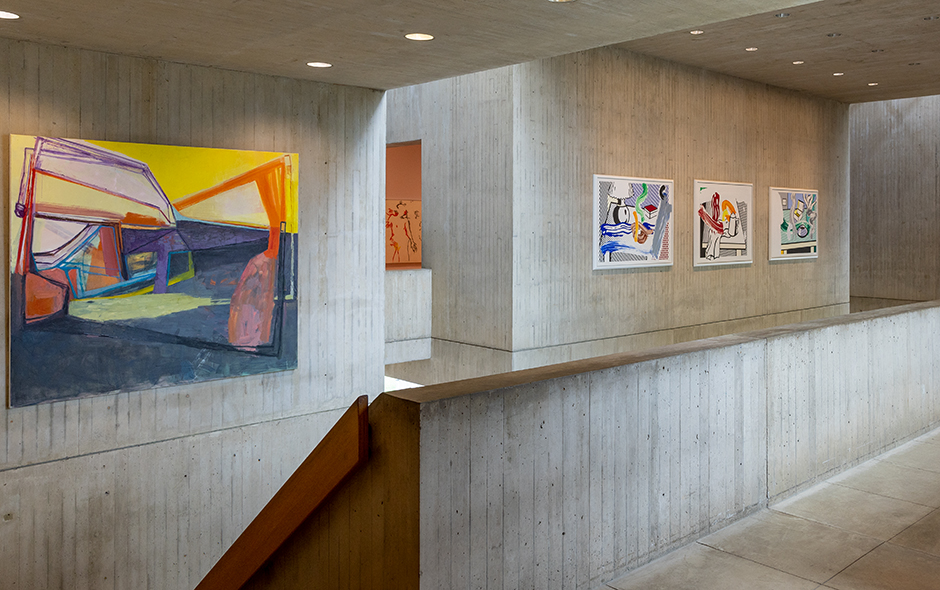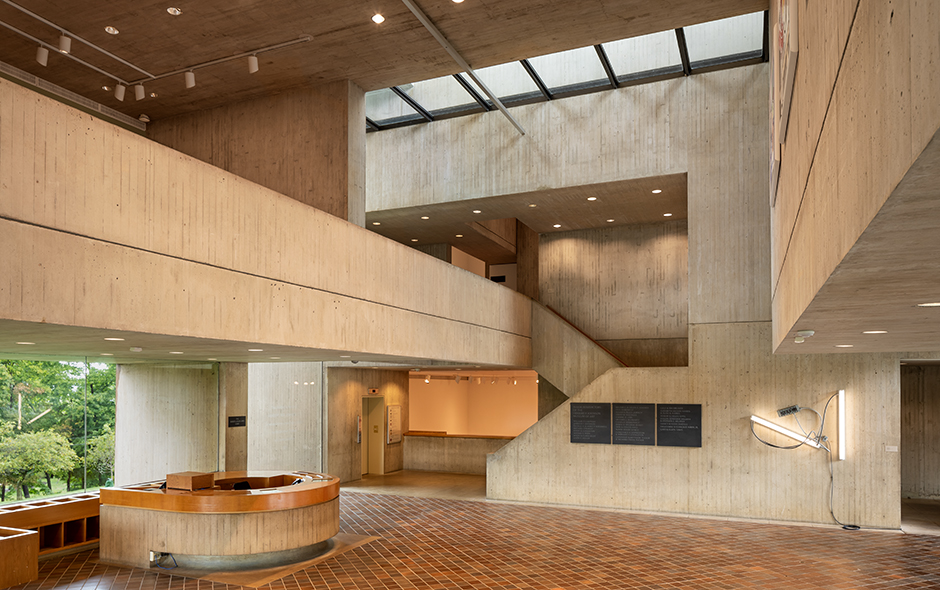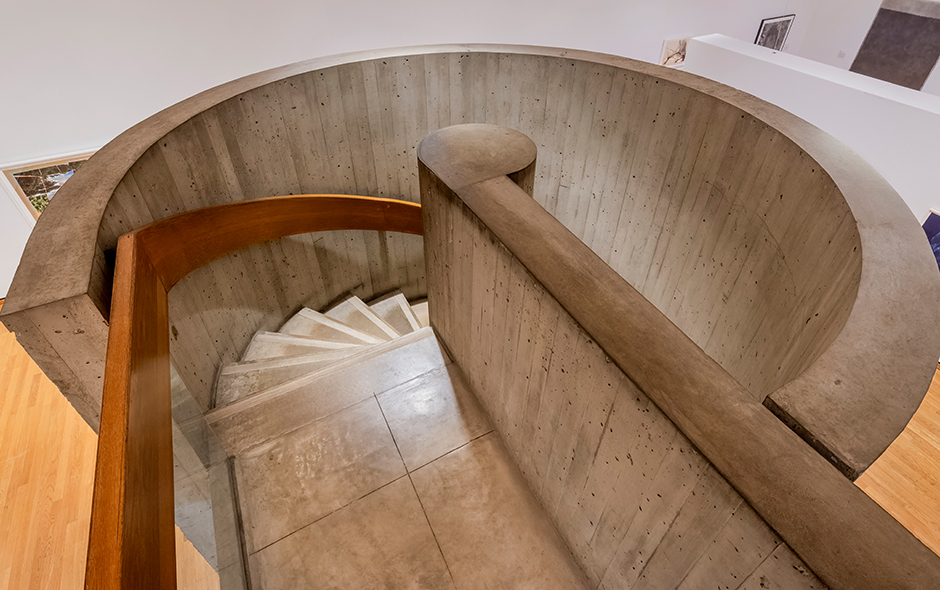
Object Details
Culture
France
Date
late 16th or early 17th century
Medium
Copper with enameled and gilded decoration
Dimensions
Diameter: 7 1/16 inches (17.9 cm)
Credit Line
Acquired through the Membership Purchase Fund
Object
Number
99.042
BRIEF DESCRIPTIONThis is a small enameled plate that was one of a series of twelve plates, each one (…)
BRIEF DESCRIPTIONThis is a small enameled plate that was one of a series of twelve plates, each one showing the activities associated with a different month of the year.WHERE WAS IT MADE?Enameled objects, like this plate, were made in the town of Limoges in south-central France, by a small group of royally licensed artisans, the émailleurs du roy.HOW WAS IT MADE?Enameling is the process of coating copper objects with layers of powdered glass that, when fired, fuse into a hard and lustrous surface. Painted enamels like this one use a technique perfected around 1500 that permitted the application of colored enamels over a previously fired ground color (in this case, white), resulting in a durable and colorfast “painting.” This particular plate has been painted with a monochrome palette of black, white, and gold.HOW WAS IT USED?This plate depicts the month of January, and so we know that it once belonged to a matched set of twelve calendar plates. Although it looks like a dessert plate, at the time that these plates were made, there was no established practice of dining from individual plates. Instead, food was taken from communal wooden or pewter trenchers (large plates), even in noble houses. Therefore, this plate and its mates would have adorned an elaborately carved wooden sideboard as part of a French courtier’s collection of treasures and curiosities.WHY DOES IT LOOK LIKE THIS?The so-called Labors of the Months, the tradition of showing the activities commonly associated with the different months of the year, goes back to the Middle Ages; indeed, the 13th-century stained glass windows of Chartres cathedral include depictions of these monthly labors. Looking at this plate, we see a proper activity for January—that of feasting indoors, safe from the cold. Notice the merry company headed by a king who drinks from a goblet. Through the window at left, notice the ice skaters (some falling), and the zodiacal sign for Aquarius, the water carrier, in the sky. The Johnson Museum has another depiction of the month of January from a series of engravings by Charles Etienne Delaune. To see it, search for object number 95.080.002.001 in the keyword search box.The Johnson Museum also has a Netherlandish glass window showing the Labor of the month of August, represented by the harvesting and binding of wheat. To see it, search for object number 2005.038.006 in the keyword search box.












